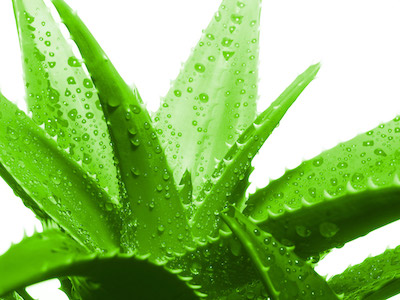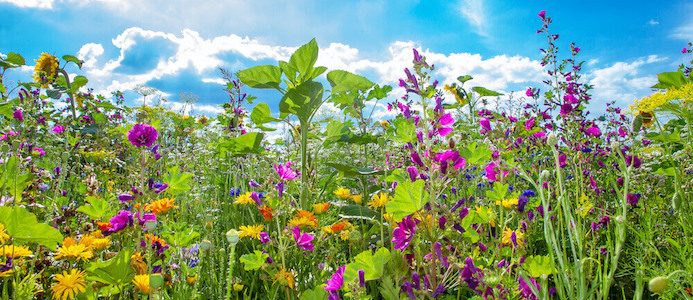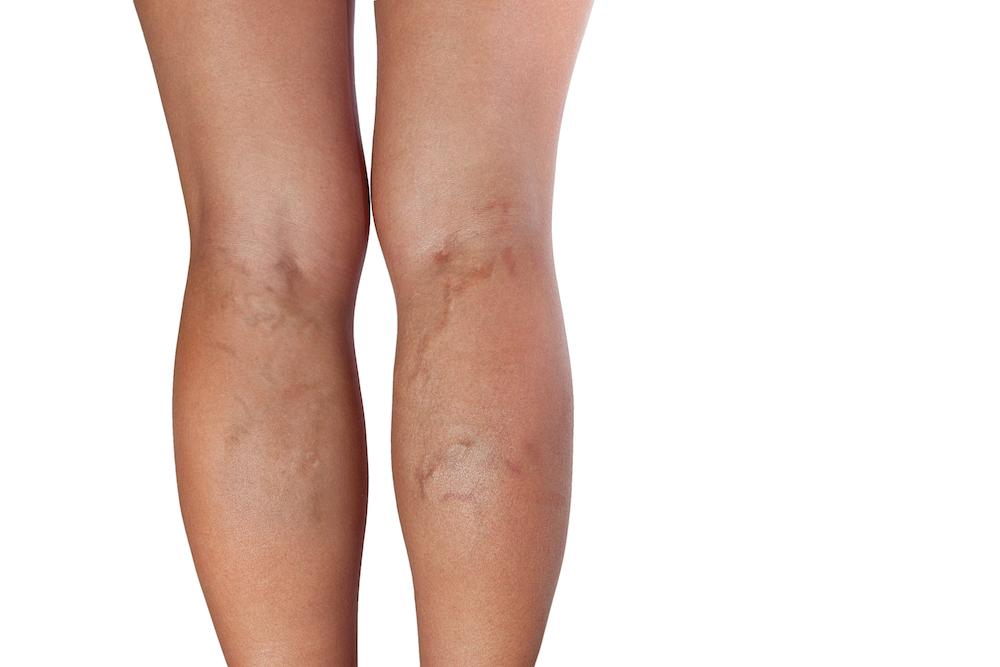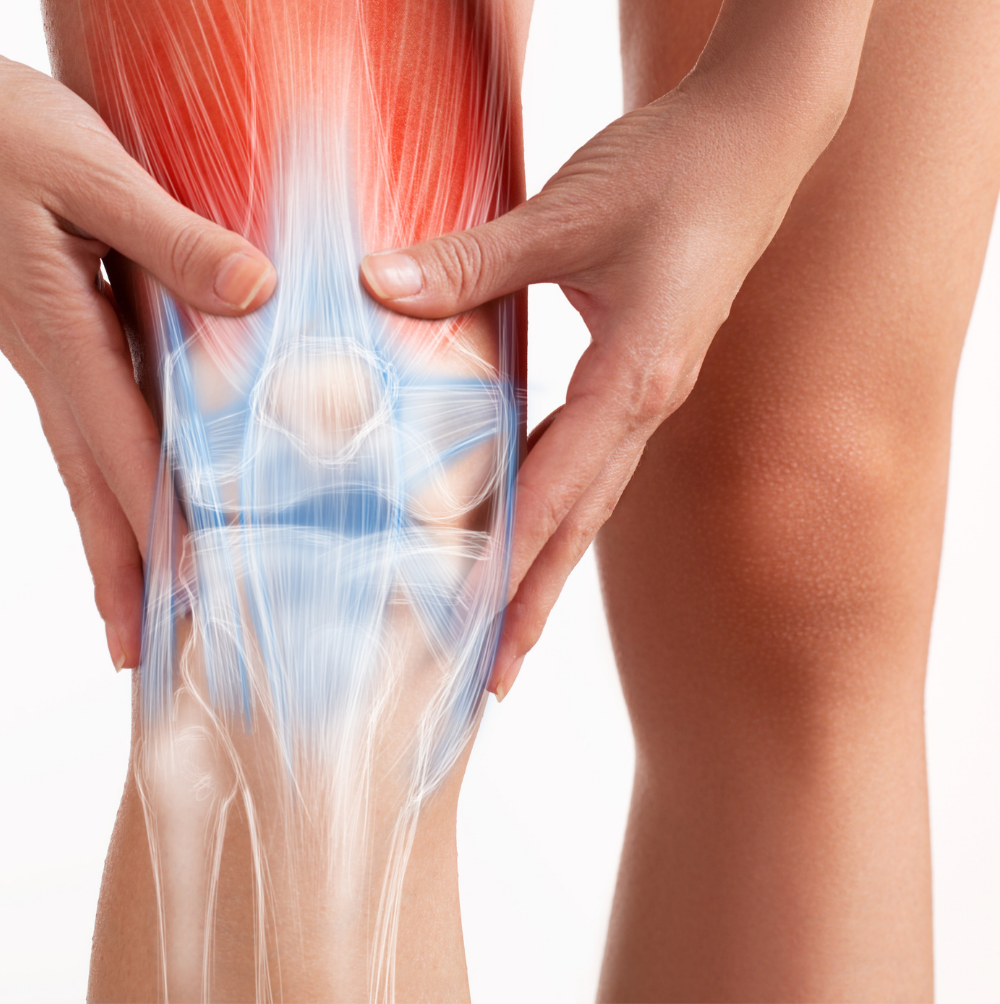Why it is called Horse balsam
The attribute "Horse" is derived from Horse chestnut (Aesculus Hippocastanum), which is used in the ointment at high concentrations.
Horse chestnut is a tall tree originating from the Balkans. In Hungarian this tree is called "bokrétafa" = a bouquet tree. It was brought to our region in the 18th century. It was first described as a therapeutic herb by Matthioli in the 16th century. In 1615 it was brought from Istanbul by a French traveller and planted in Paris. Over the next 100 years it spread all over Europe. The Californian indigenous people threw the crushed berries into the lakes to muddle fish so as to catch them easily. Its therapeutic effect on haemorrhoids was first mentioned in 1896.
- The name horse was acquired by the chestnut because the seed was used by Turks as a tonic for draught horses and for easing breathlessness of horses.
- Another possible way that the name was created is that it seemed like a horse eye to our ancestors.
- Goats and pigs like chestnuts. It is probably because of their bitter taste.
- According to ancient beliefs we should keep chestnuts in our pocket because they protect against evil. They can protect against evil until they lose their lustre.
- During World War II chestnuts were used as a source of starch.
- Some mammals are able to eliminate toxins from chestnuts and consume them safely.
- The chestnut flower is a symbol of Kiev, the capital of Ukraine.
It is used in the recipe of Horse Balsam:
- for varicose veins
- reinforces vascular walls and adjusts vascular tone in chronic venous insufficiency
- for cramps and so-called "heavy legs"
- accelerates absorption of hematomas and bruises
- for painful joints
- improves blood flow in vessels, which means it has anticoagulation and antithrombotic effects.
"Horse Balsam is not made from a horse, nor it is for horses, but it has horse power!"










